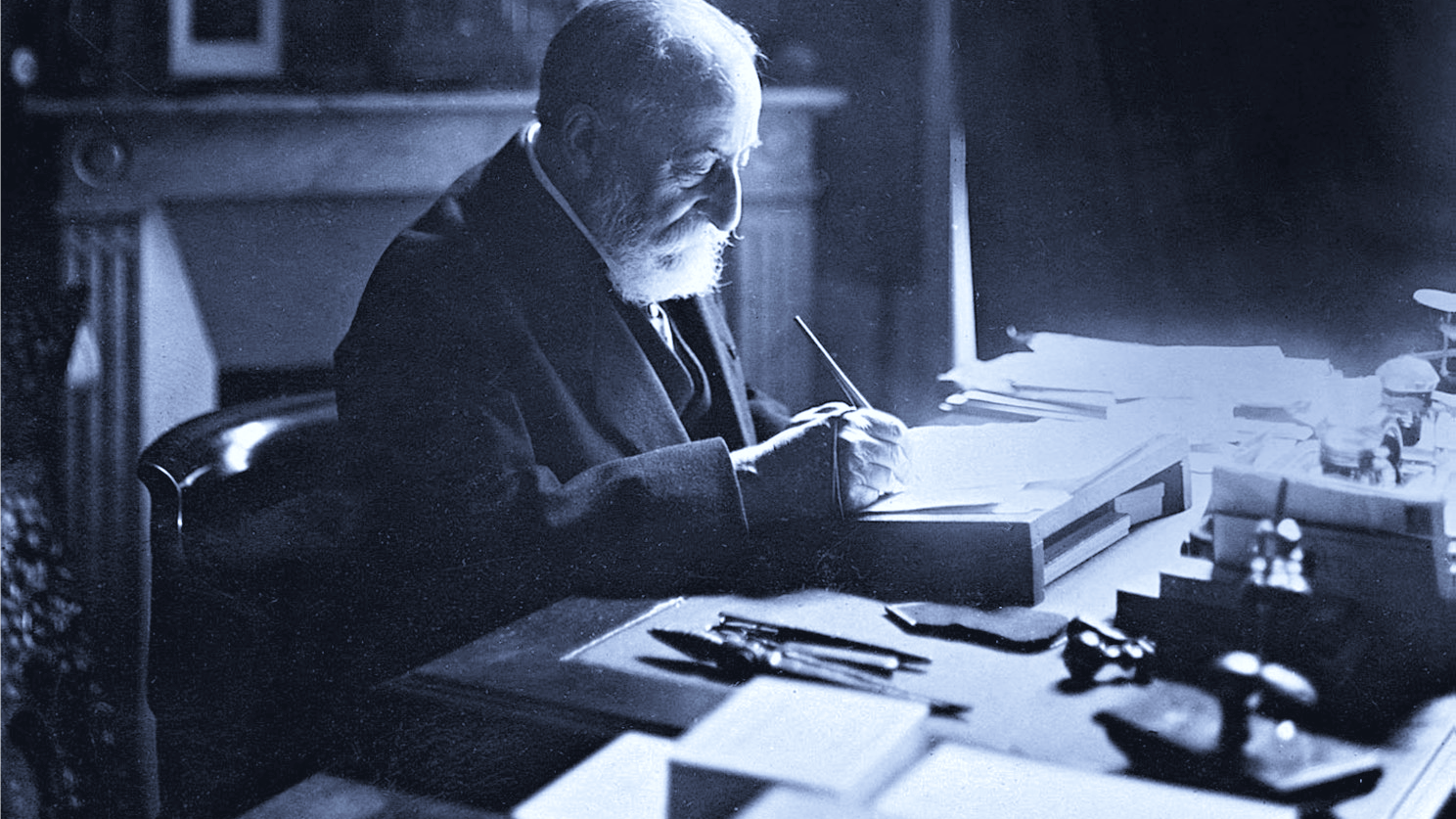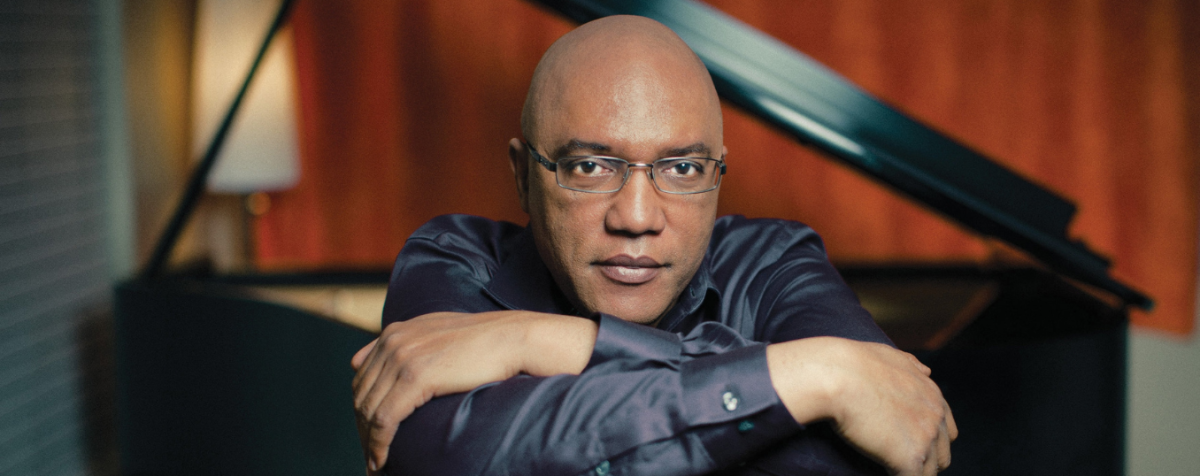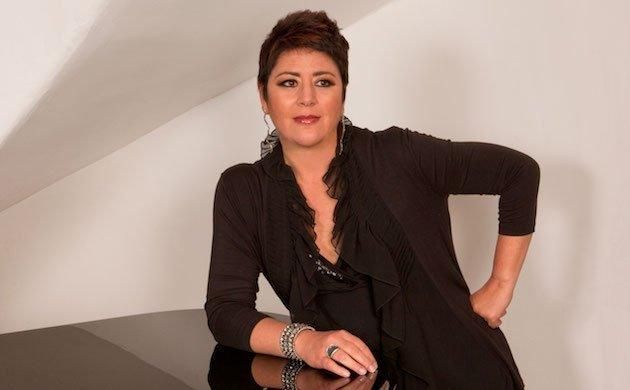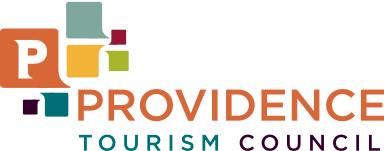THE STORY BEHIND: Schumann's Piano Concerto
Share
On June 1, conductor Tito Muñoz and the Rhode Island Philharmonic Orchestra will present BEETHOVEN & BRONFMAN: A ONE-NIGHT GALA EVENT with pianist Yefim Bronfman.
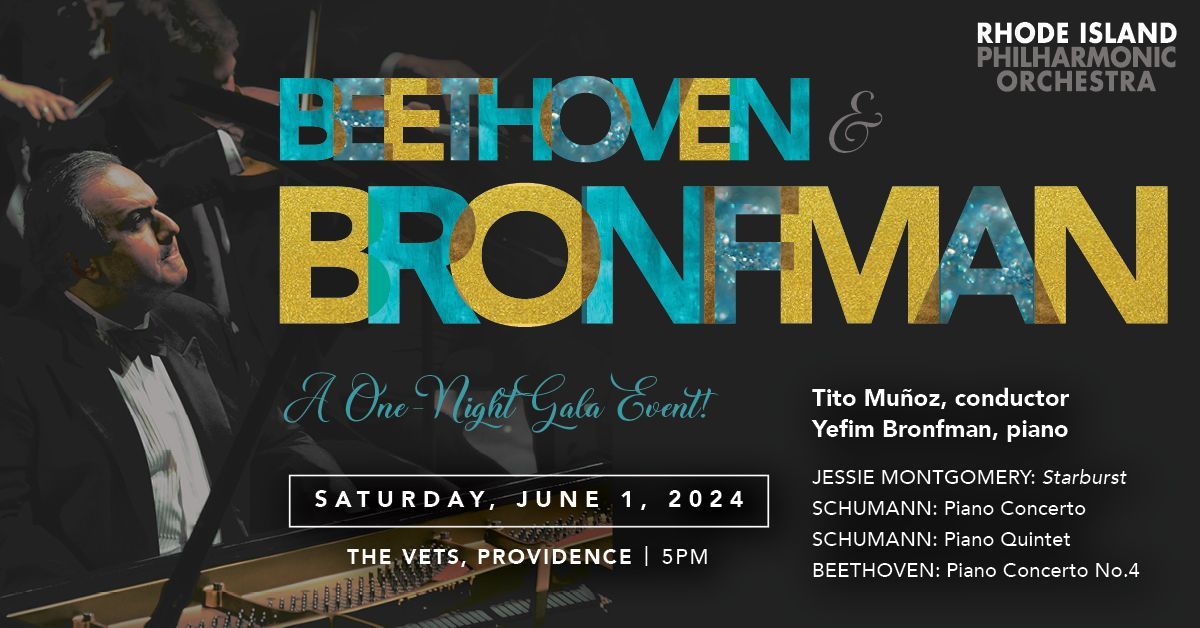
Title:
Piano Concerto, op.54, A minor
Composer:
Robert Schumann (1810-1856)
Last time performed by the Rhode Island Philharmonic:
Last performed February 24, 2007 with JoAnn Falletta conducting and soloist Stewart Goodyear. In addition to a solo piano, this piece is scored for two flutes, two oboes, two clarinets, two bassoons, two horns, two trumpets, timpani and strings.
The Story: In several ways, the Piano Concerto by Robert Schumann was a symbol of the love between Clara and himself. Begun simply as a one-movement
Phantasie, the work’s conception goes back to 1839, when he wrote to his fiancée, “It is going to be a hybrid of symphony, concerto and Grand Sonata. I cannot write a concerto for virtuosos…… ” Robert and Clara were married the following year, and soon Schumann’s “hybrid” came to life. He completed the Phantasie in A Minor in 1841, and Clara premiered it privately the following year. However, it was not until 1845, the Schumanns’ first year in Dresden, that Robert added the “Intermezzo” and finale, making the
Phantasie
the first movement. This produced not only a fine symphonic testament but also a great concerto, and each of Clara’s later performances of it was like a public declaration of the Schumanns’ abiding love.
Following the brief cascading introduction, the principal theme peals forth from the orchestra. This will be a recurring motto throughout the concerto, providing unimaginable possibilities. A follow-on theme helps to dig into the movement, but soon a different version of the motto theme dominates. The central under-belly of the movement works and reworks the motto. Near the end, comes the concerto’s only cadenza — demanding, yet restrained (by the virtuosic standards of its time).
The main theme of the “Intermezzo” derives from four notes of the motto. In this movement, we find a dreamy sort of relief from the concerns of the opening movement. However, near the end comes the alert of a literal reminiscence of the motto, serving as a bridge to the finale, which follows without pause.
The same upward-thrusting four notes generate the main theme of the jovial-style finale. Schumann later plays a rhythmic trick, giving the listener the impression that the music has slowed to half speed. The bulk of the movement, like the preceding ones, avoids bravura merely for its own sake. In the words of Schuman expert Joan Chissell, the concerto is “the test of a musician rather than a technician.”
Program Notes by Dr. Michael Fink © 2023 ALL RIGHTS RESERVED
Tickets start at $35! Click HERE or call 401-248-7000 to purchase today!
